Nasa's Capstone mission blasts off to study unique Moon orbit
Findings will help scientists work out where to place a future crewed station called Gateway
:quality(70)/cloudfront-eu-central-1.images.arcpublishing.com/thenational/OBNM4ZR4RFEXTHKEA6QCTBLELE.png)
:quality(70)/cloudfront-eu-central-1.images.arcpublishing.com/thenational/FSSCQTZLLVHSLE26OQFP7UTXFU.png)
:quality(70)/cloudfront-eu-central-1.images.arcpublishing.com/thenational/IFP6PBK5KJGY7EEKEU3SUG3KE4.png)
:quality(70)/cloudfront-eu-central-1.images.arcpublishing.com/thenational/65IKKDEVERGS7NAD7PEDEDKY6Q.png)
The Capstone CubeSat system was launched on a Rocket Lab Electron rocket from New Zealand on June 28, at 1.55pm, UAE time. All photos: Nasa
Sarwat Nasir
Jun 28, 2022
Nasa has launched a small satellite to the Moon to study a unique lunar orbit that would be home to a crewed station called the Gateway.
The Capstone CubeSat — which stands for Cislunar Autonomous Positioning System Technology Operations and Navigation Experiment — was launched on a Rocket Lab Electron rocket from New Zealand on Tuesday at 1.55pm.
Electron is a two-stage, partially recoverable orbital launch vehicle developed by Rocket Lab, an American aerospace company with a New Zealand subsidiary.
It was designed and built to send small satellites, which are meant to be affordable and reliable, to space more often.
Capstone is commercially owned and operated by Advanced Space, a company that works on sustainable exploration, development, and settlement of space. But the project is funded by the US space agency.
The satellite will study a unique, halo-shaped orbit, called near-rectilinear halo orbit (NHRO). This would be used by Nasa for its Gateway, a lunar outpost astronauts will arrive at first before descending to the Moon's surface.
It is part of the Artemis programme, which aims to build a sustainable human presence on the Moon.
“After a four-month journey to its target destination, Capstone will orbit this area around the Moon for at least six months to understand the characteristics of the orbit,” Nasa said on its website.
“Specifically, it will validate the power and propulsion requirements for maintaining its orbit as predicted by Nasa’s models, reducing logistical uncertainties.
“It will also demonstrate the reliability of innovative spacecraft-to-spacecraft navigation solutions as well as communication capabilities with Earth.”
Capstone will enter into and try to maintain the unique lunar orbit for at least six months.
“Hanging almost like a necklace from the Moon, NRHO is a one-week orbit that is balanced between the Earth’s and Moon’s gravity,” Nasa said.
“This orbit will periodically bring Gateway close enough to the lunar surface to provide simple access to the Moon’s South Pole where astronauts will test capabilities for living on other planetary bodies, including Mars.
“NRHO can also provide astronauts and their spacecraft with access to other landing sites around the Moon in addition to the South Pole.”
During this mission, Capstone will use its on-board flight computer and radio for calculations to determine its location in the orbital path.
:quality(70)/cloudfront-eu-central-1.images.arcpublishing.com/thenational/FJ4SYRZGEFF3NK5HDEQUPGYDKE.gif)
The Capstone CubeSat will study a unique, halo-shaped orbit that would be potentially used by Nasa to place the Gateway. Photo: Nasa
It will use Nasa’s Lunar Reconnaissance Orbiter, which has been orbiting the Moon since 2009, as a reference point.
The CubeSat will communicate directly with the orbiter and use its data to measure its position in space and help mission control test Capstone’s autonomous navigation software.
“If successful, this software, referred to as the Cislunar Autonomous Positioning System, will allow future spacecraft to determine their location without having to rely exclusively on tracking from Earth,” Nasa said.
“This capability could enable future technology demonstrations to perform on their own without support from the ground and allow ground-based antennas to prioritise valuable science data over more routine operational tracking.”
Under the Artemis programme, the space agency hopes to send the next man, first woman and first person of colour to the lunar surface.
It is hoped that once a Lunar Gateway is built in the Moon’s orbit, it would establish a continuous human presence there, including landing on the surface regularly for science experiments.
“Built with international and commercial partnerships, Gateway’s capabilities for supporting sustained exploration and research in deep space include docking ports for a variety of visiting spacecraft, space for crew to live and work, and on-board science investigations to study heliophysics, human health, and life sciences, among other areas,” Nasa said.
The space agency is launching Artemis 1 later this year, an uncrewed test flight to the Moon and the first of many under the Artemis programme.
The Space Launch System and Orion spacecraft will launch from Florida’s Kennedy Space Centre, a mission that will help to measure the spacecraft’s performance.
Updated: June 28, 2022, 5:19 AM








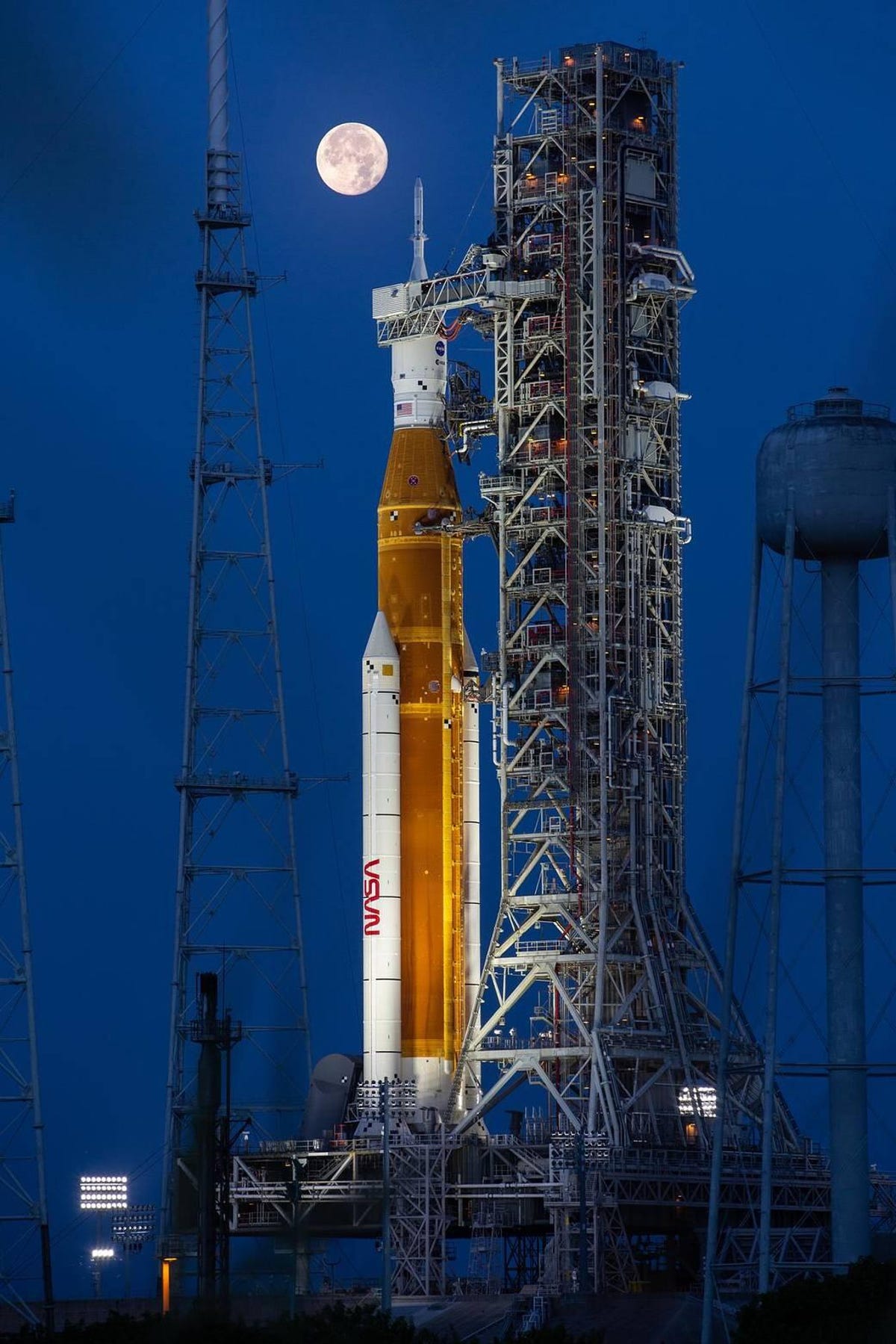
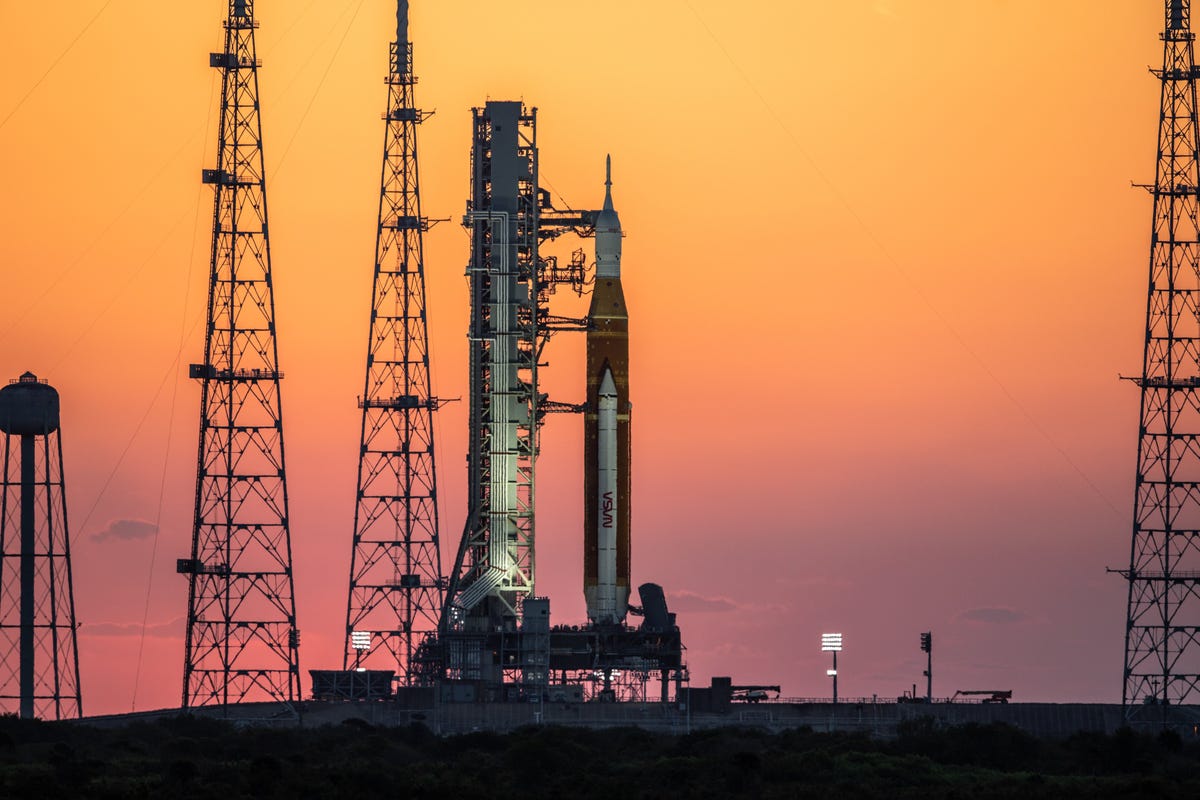
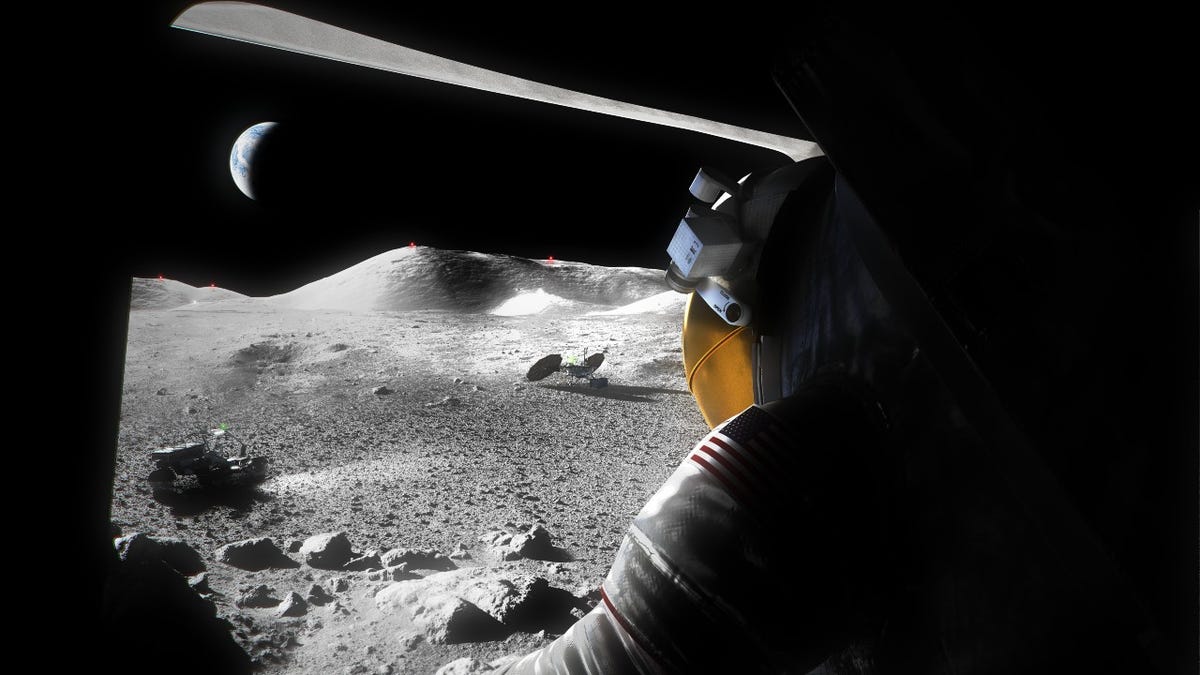
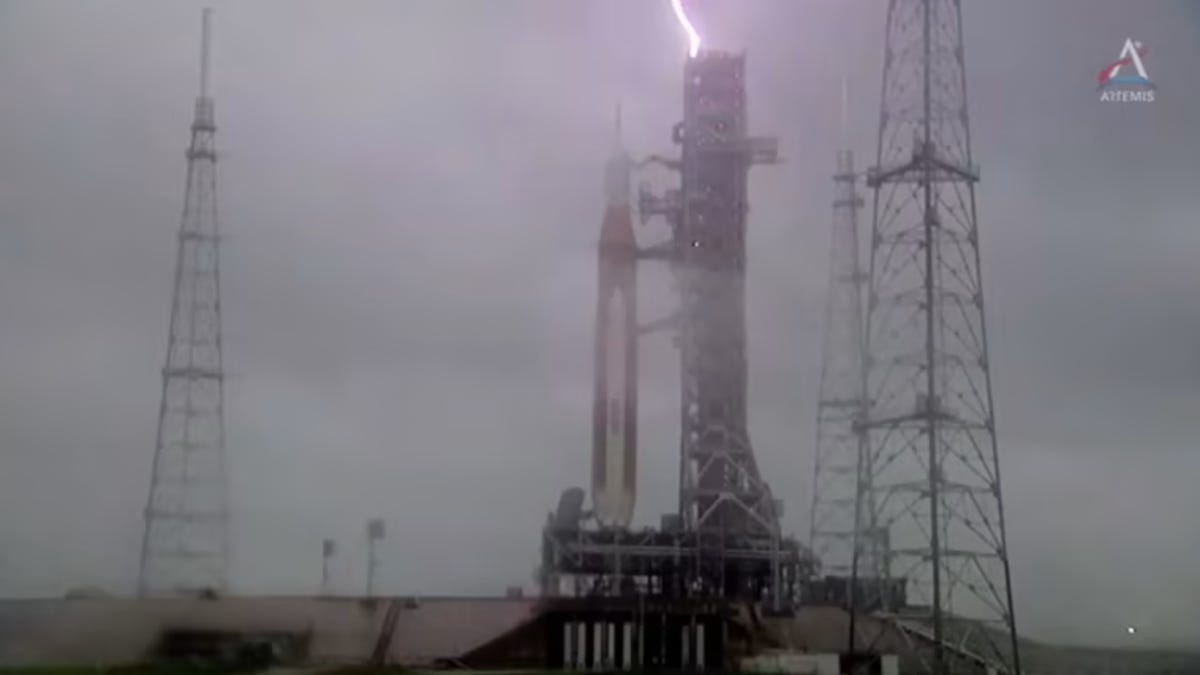
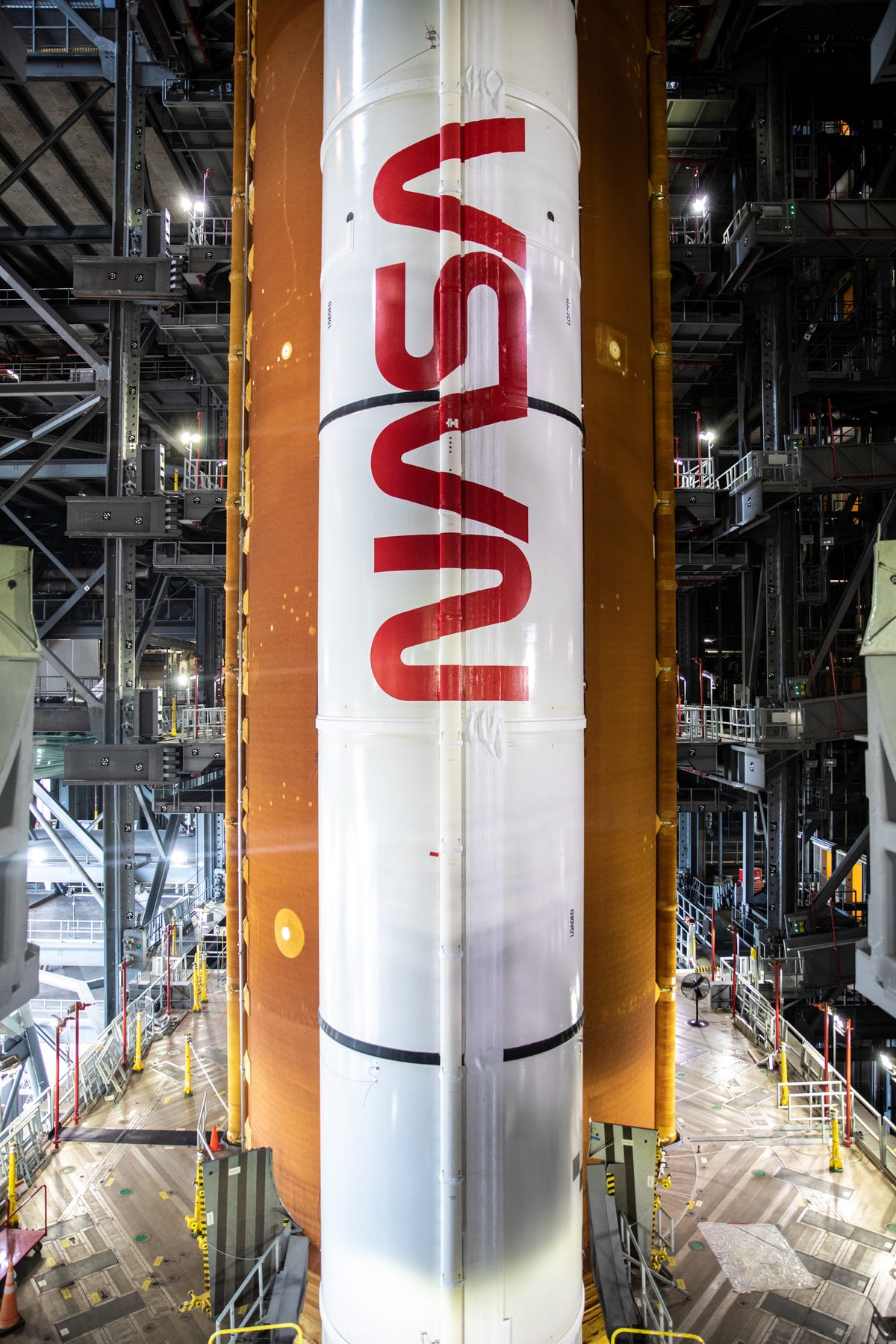

:quality(70)/cloudfront-eu-central-1.images.arcpublishing.com/thenational/OBNM4ZR4RFEXTHKEA6QCTBLELE.png)
:quality(70)/cloudfront-eu-central-1.images.arcpublishing.com/thenational/FSSCQTZLLVHSLE26OQFP7UTXFU.png)
:quality(70)/cloudfront-eu-central-1.images.arcpublishing.com/thenational/IFP6PBK5KJGY7EEKEU3SUG3KE4.png)
:quality(70)/cloudfront-eu-central-1.images.arcpublishing.com/thenational/65IKKDEVERGS7NAD7PEDEDKY6Q.png)
:quality(70)/cloudfront-eu-central-1.images.arcpublishing.com/thenational/FJ4SYRZGEFF3NK5HDEQUPGYDKE.gif)